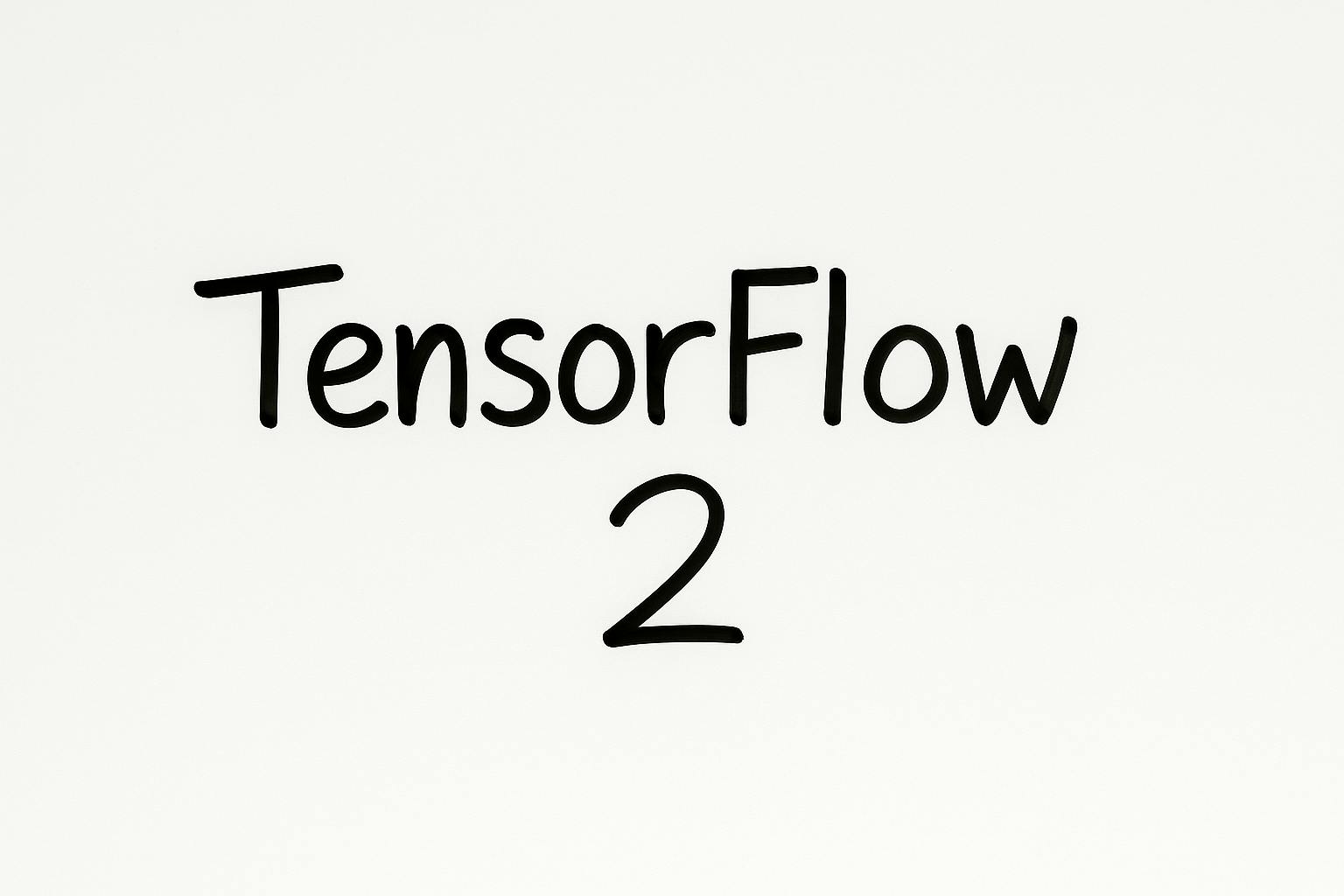
"Refactoring code into smaller functions promotes better readability and maintainability, allowing for easier debugging and optimizing performance with the tf.function decorator."
"Adjusting the default learning rate for tf.keras.optimizers can significantly impact model training effectiveness and convergence speed, necessitating careful consideration."
Best practices for TensorFlow 2 include refactoring code into smaller modules, adjusting learning rates for tf.keras.optimizers, using tf.Modules and Keras layers for variable management, and combining tf.data.Datasets with tf.function. Keras training loops are recommended, along with customizing your own training loops and taking advantage of tf.function's Python control flow. Implementing new-style metrics and losses, avoiding keeping tf.Tensors in objects, and effective debugging strategies are also covered, ensuring users optimize their TensorFlow 2 experience.
Read at Hackernoon
Unable to calculate read time
Collection
[
|
...
]